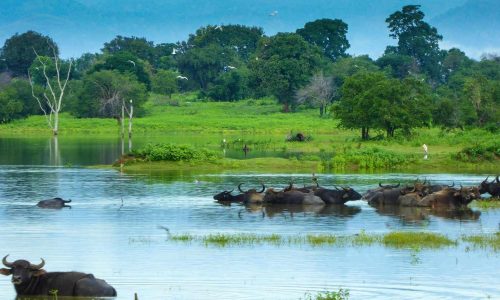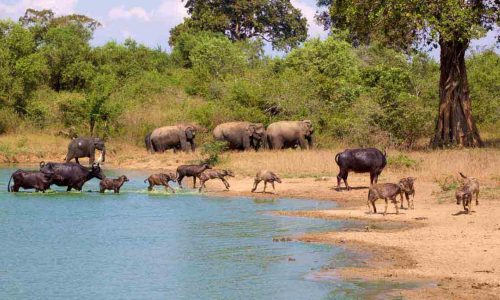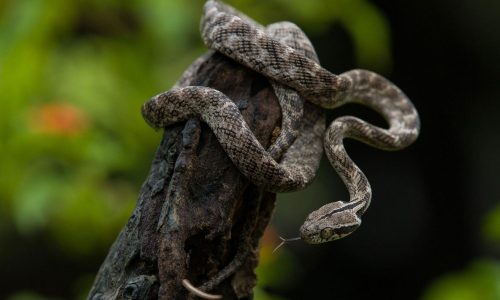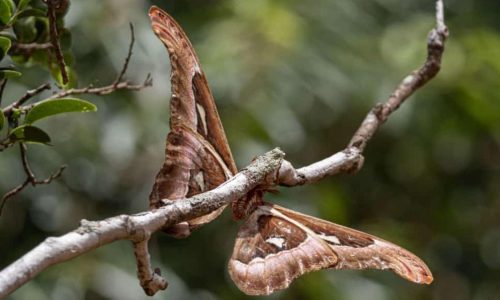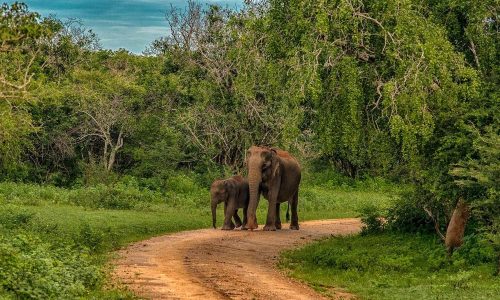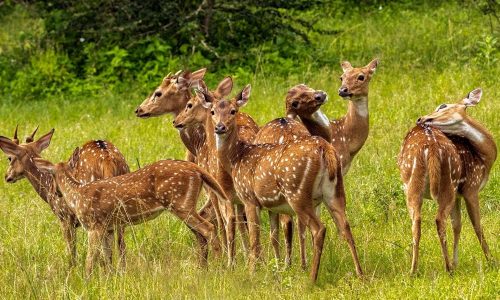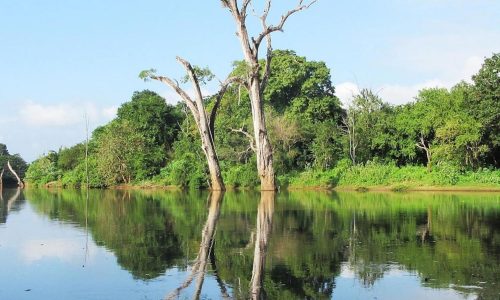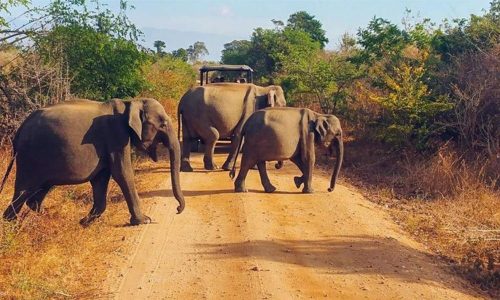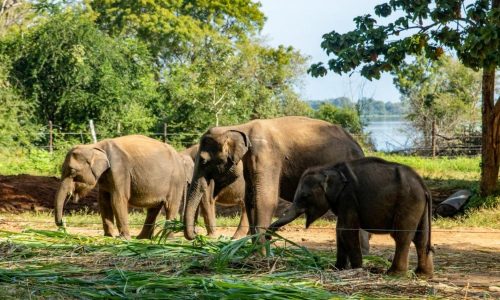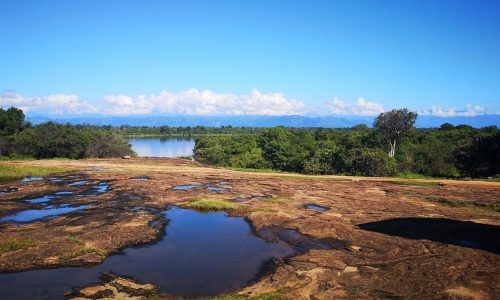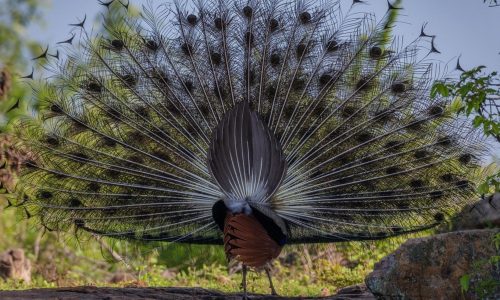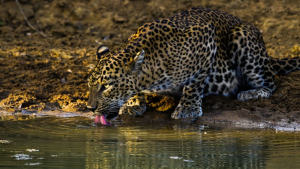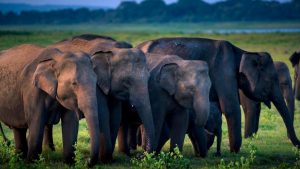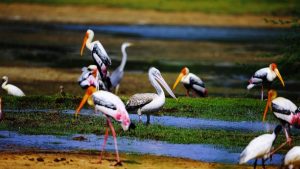Udawalawe National Park, located in the southern region of Sri Lanka, is a sanctuary for a diverse range of wildlife, including elephants, leopards, water buffalo, deer, and many species of birds. The park is spread over 30,821 hectares and is home to an estimated 600 wild elephants, making it one of the best places in the world to observe these magnificent creatures in their natural habitat.
The park was established in 1972 as a sanctuary for wildlife, primarily to protect the large population of elephants that roamed the area. The park is situated on the boundary of the wet and dry zones of Sri Lanka, meaning it has a unique ecosystem and a varied landscape, including grasslands, forests, and wetlands.
One of the highlights of Udawalawe National Park is the opportunity to see elephants in their natural habitat. Visitors can take a safari through the park to witness these gentle giants in their natural environment, from watching them graze on the grass to bathing in the water. The park also offers the chance to see other wildlife, such as crocodiles, water buffalo, and birds, including eagles, peacocks, and kingfishers.
In addition to the wildlife, Udawalawe National Park is also home to various historical and cultural landmarks. One such landmark is the ancient temple of Veheragala, which dates back to the 3rd century BC. Visitors can explore the ruins of this ancient temple and marvel at the intricate carvings and sculptures that still adorn its walls.
Udawalawe National Park is also a popular destination for eco-tourism. The park is committed to sustainable tourism practices and works closely with local communities to ensure the environment is protected and the wildlife is not disturbed. Visitors can stay in eco-lodges and participate in bird-watching, hiking, and nature walks.
Overall, Udawalawe National Park is a must-visit destination for anyone interested in wildlife, nature, and conservation. The park offers visitors a chance to see some of the world’s most magnificent animals in their natural habitat while also providing an opportunity to learn about the rich history and culture of Sri Lanka.

